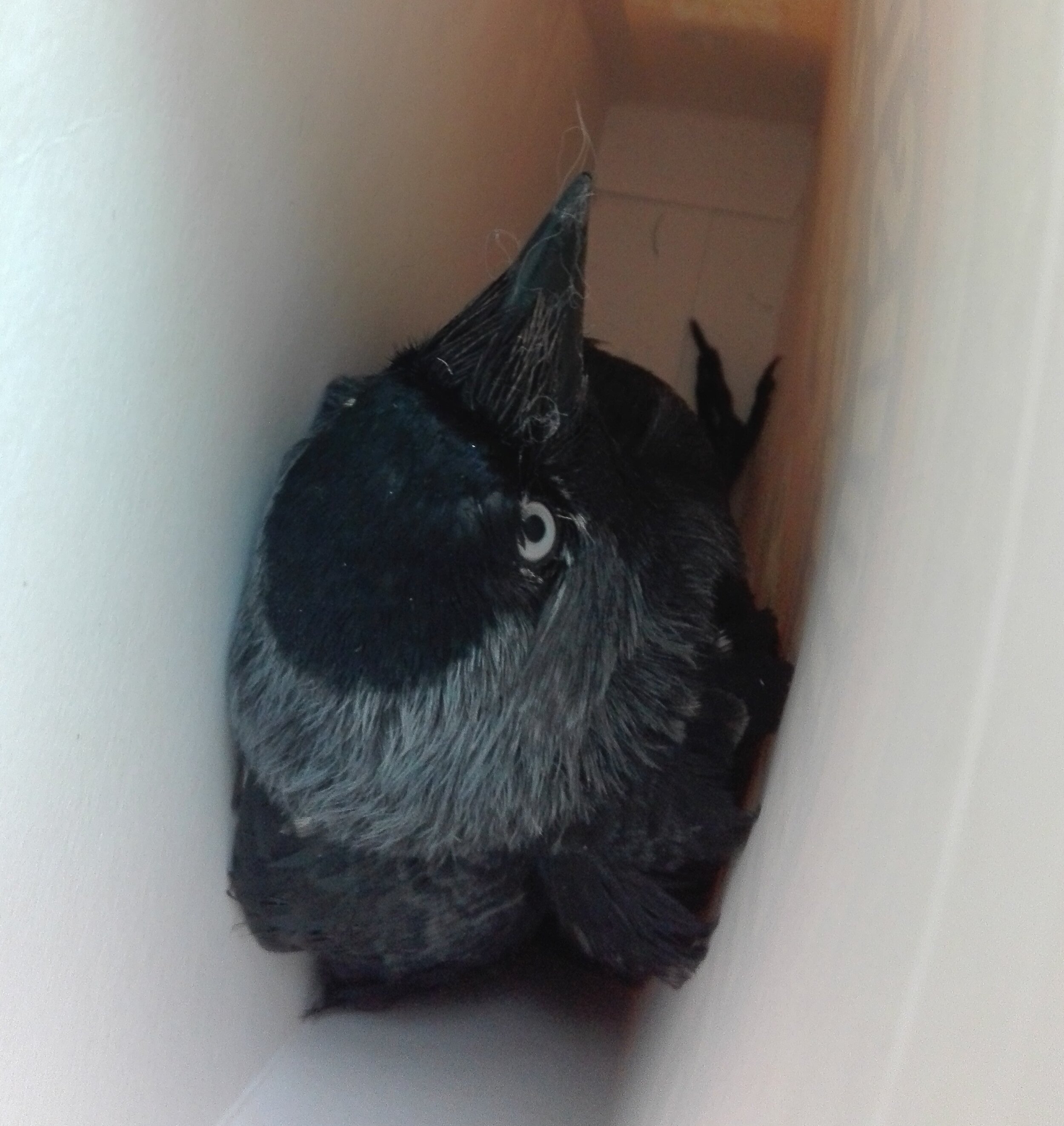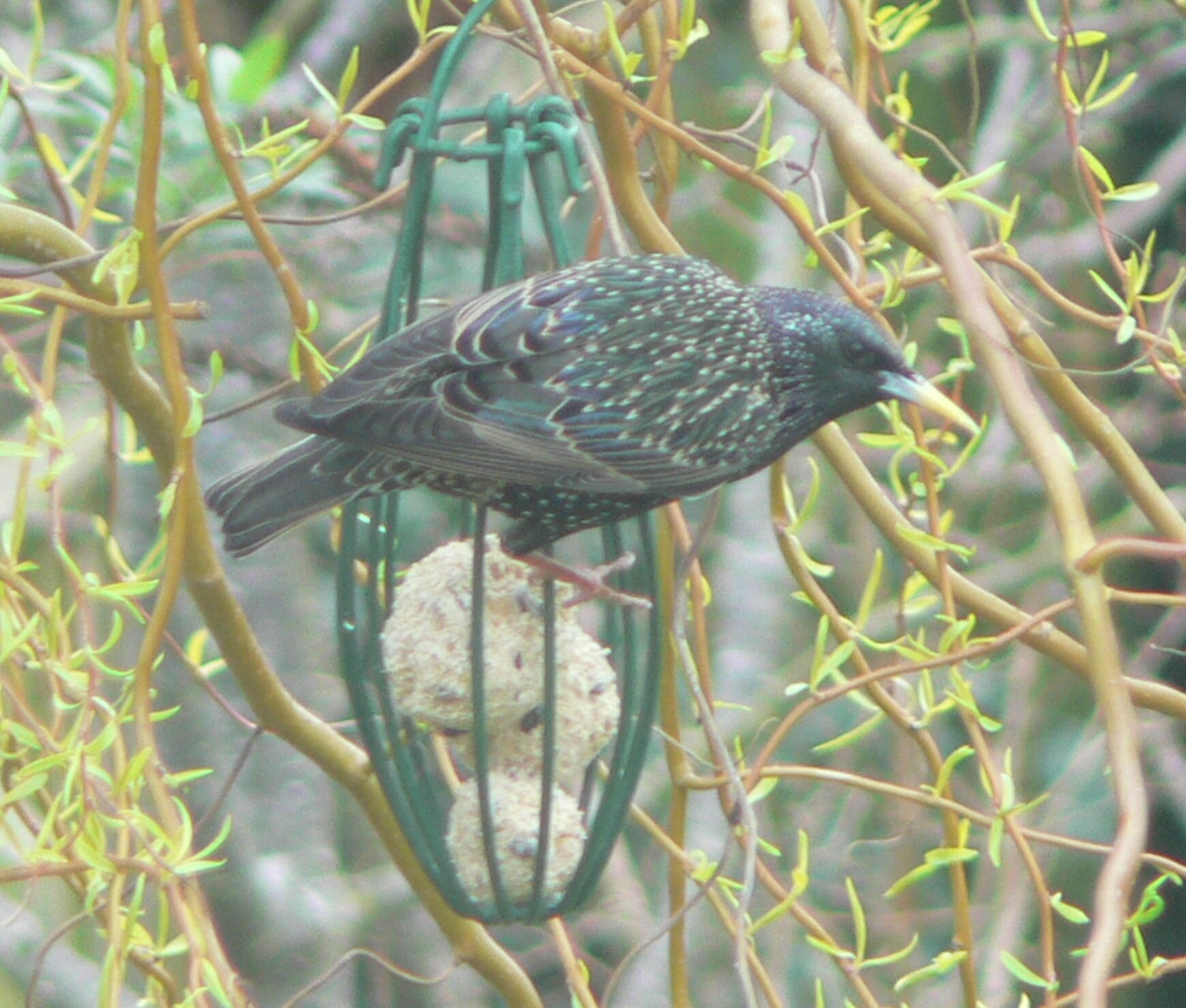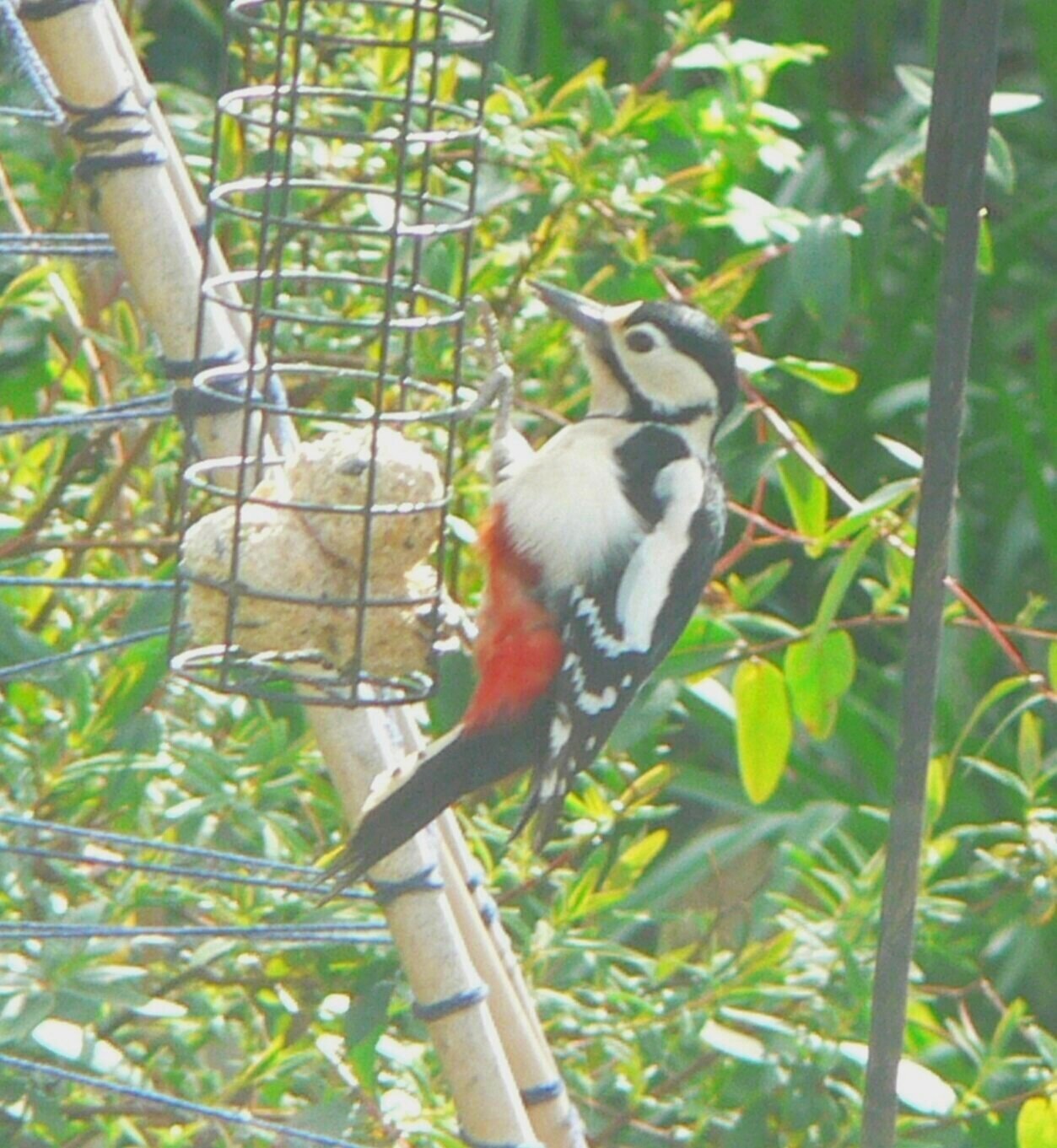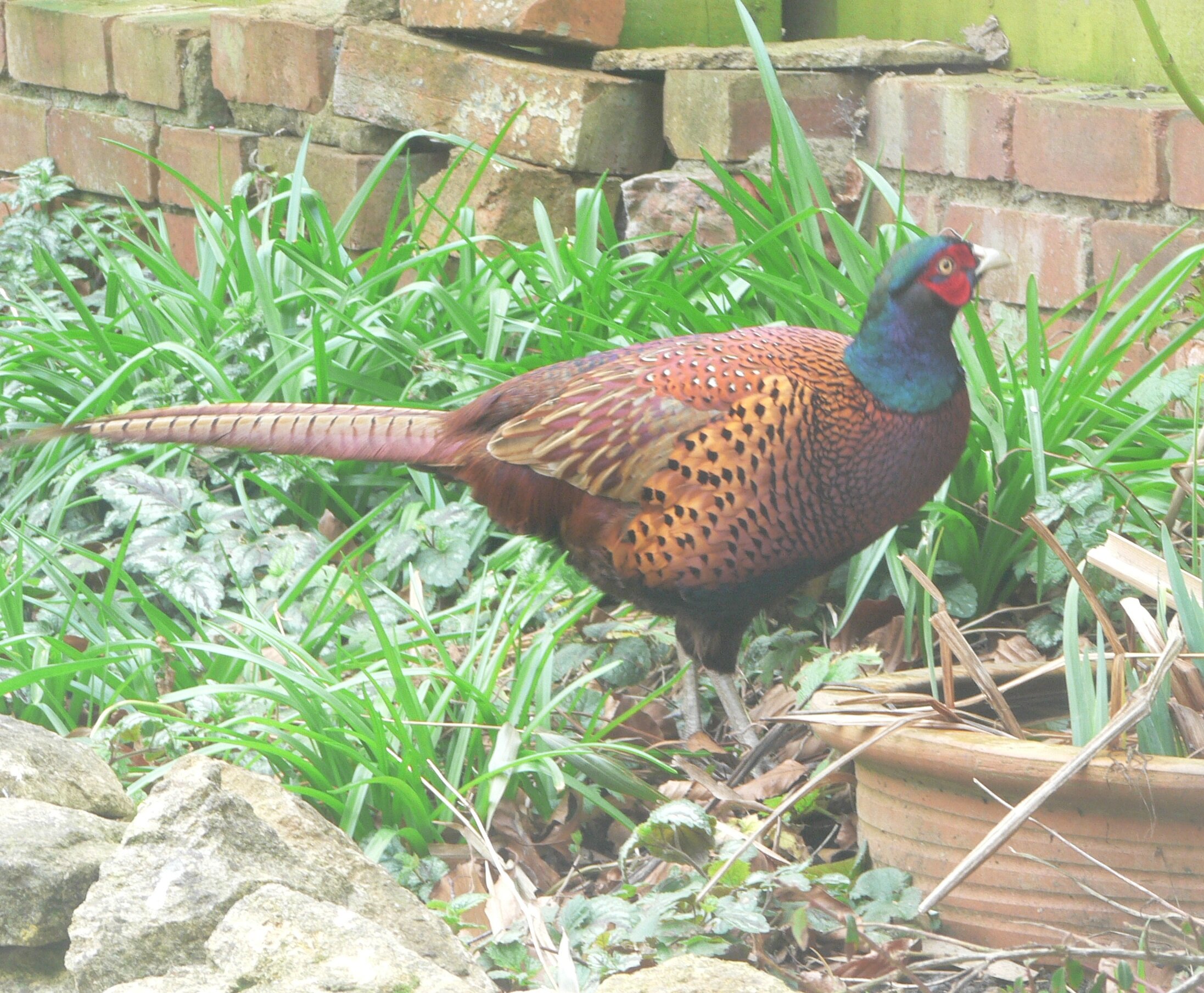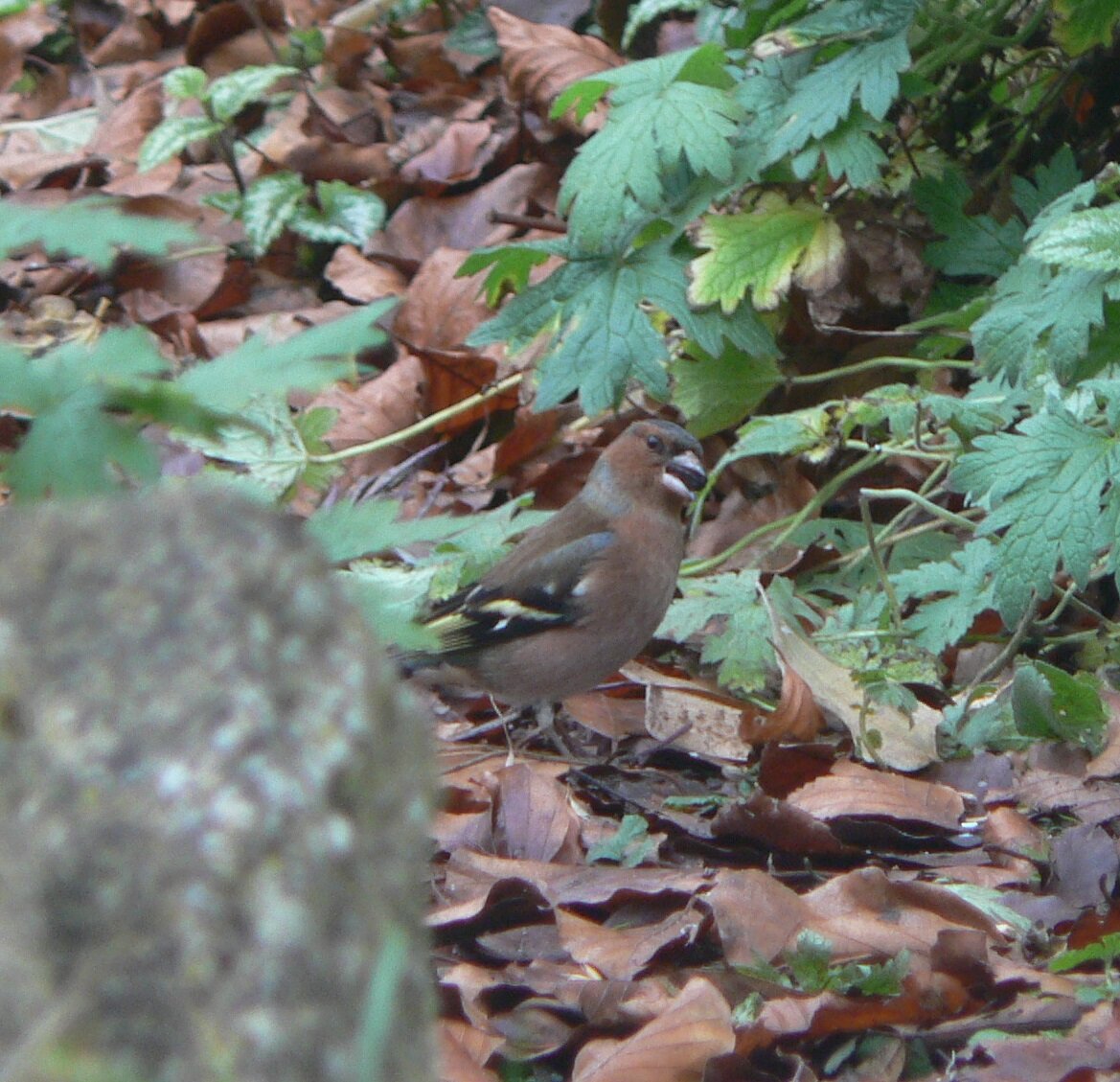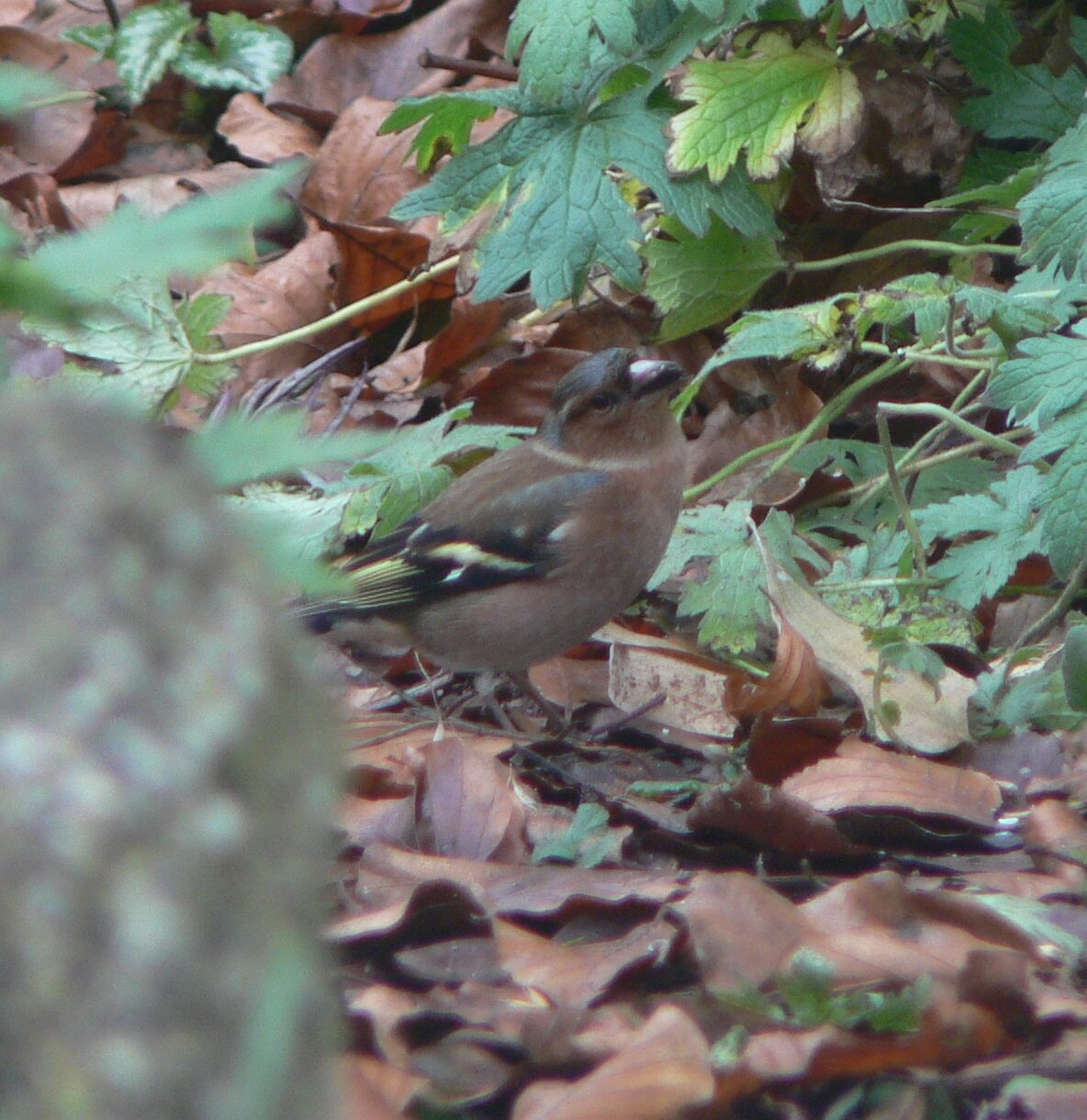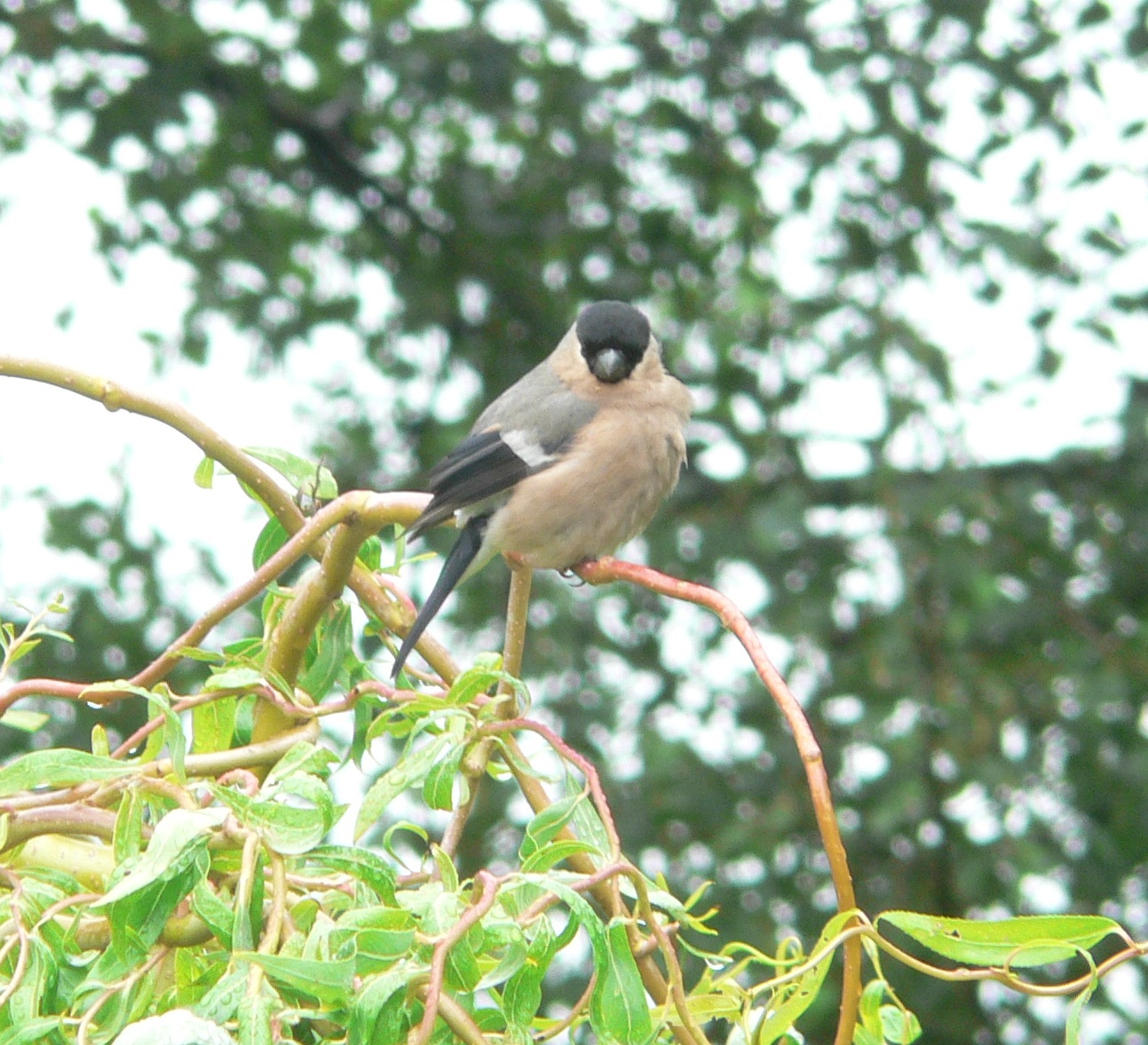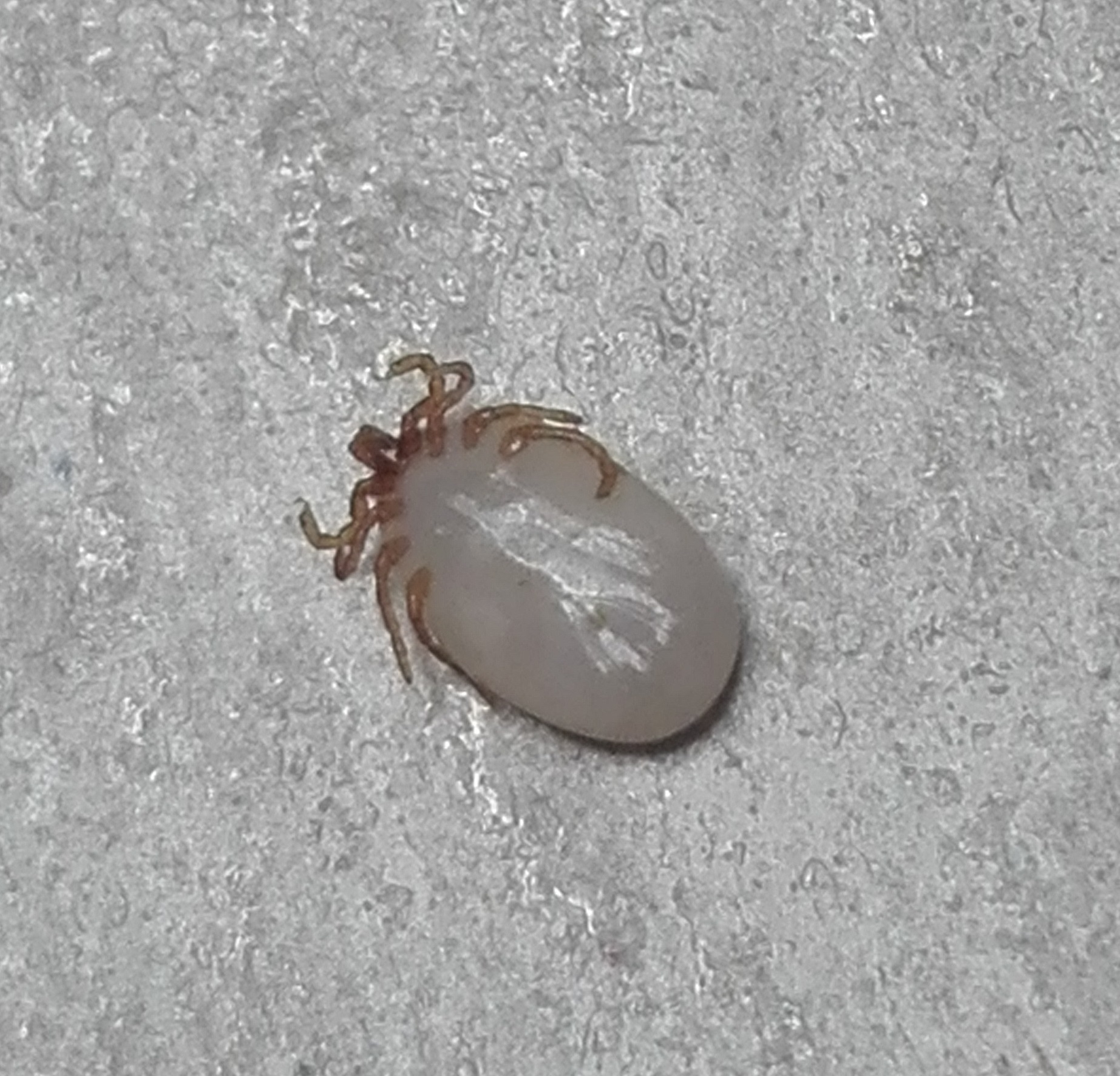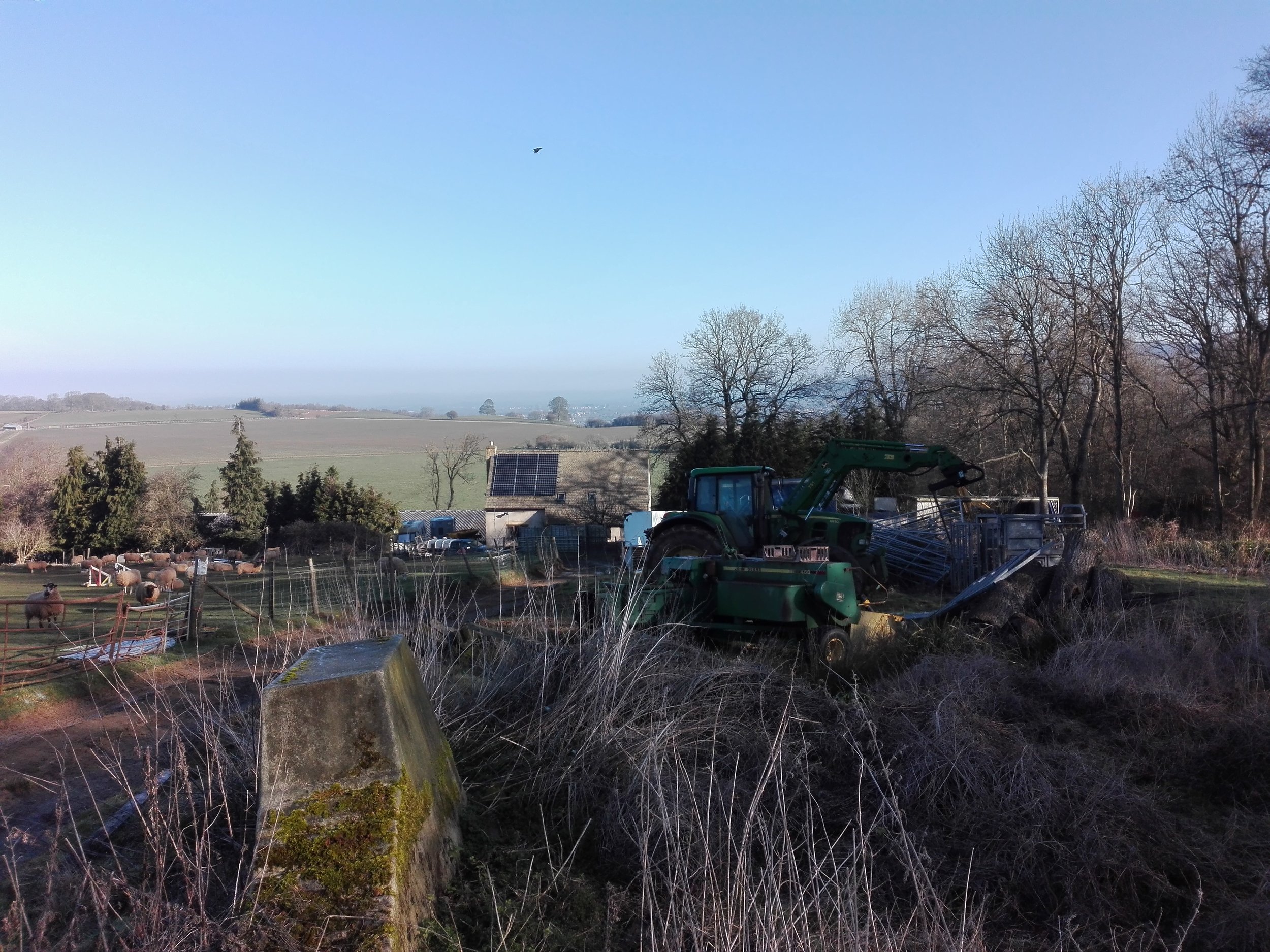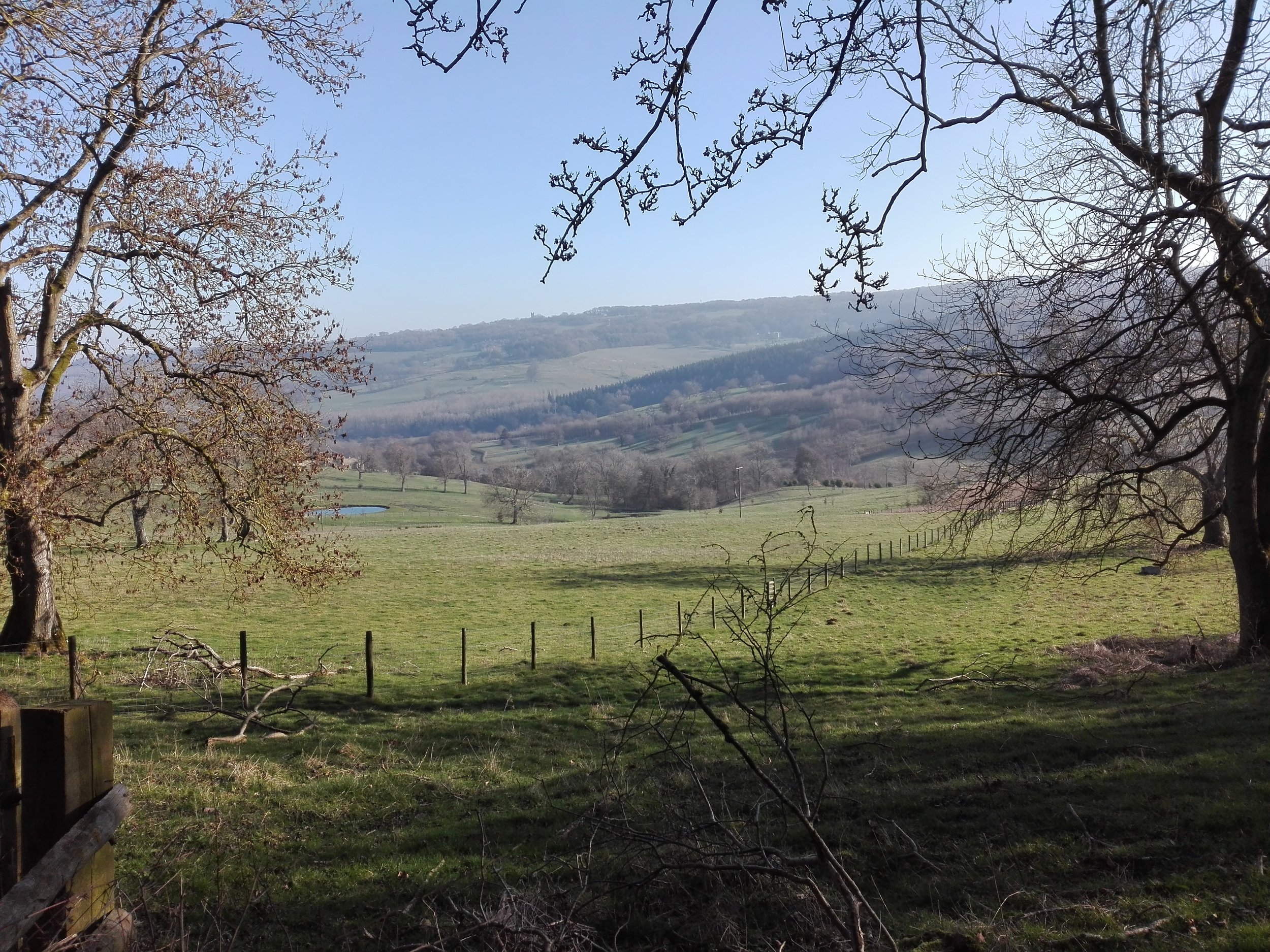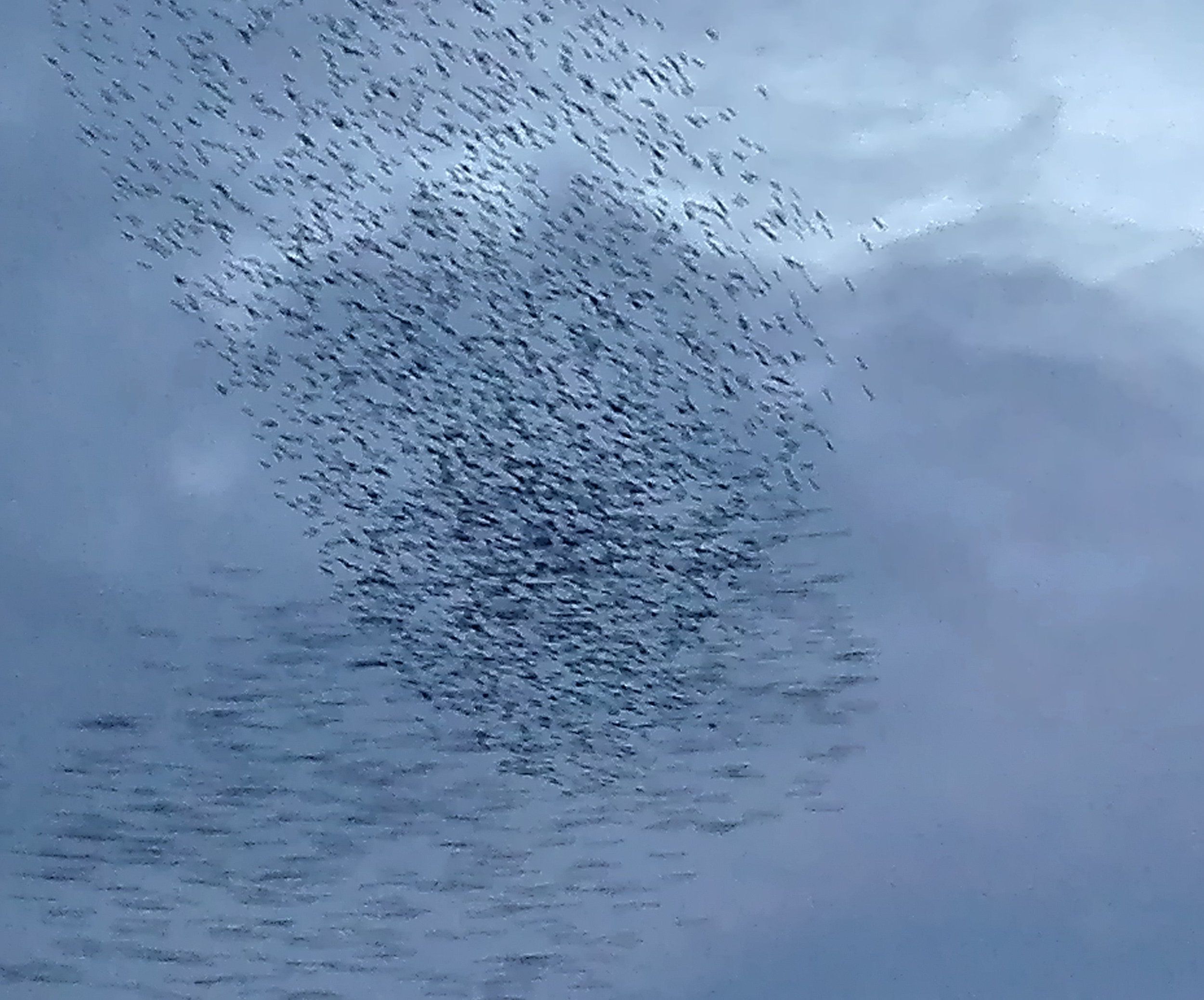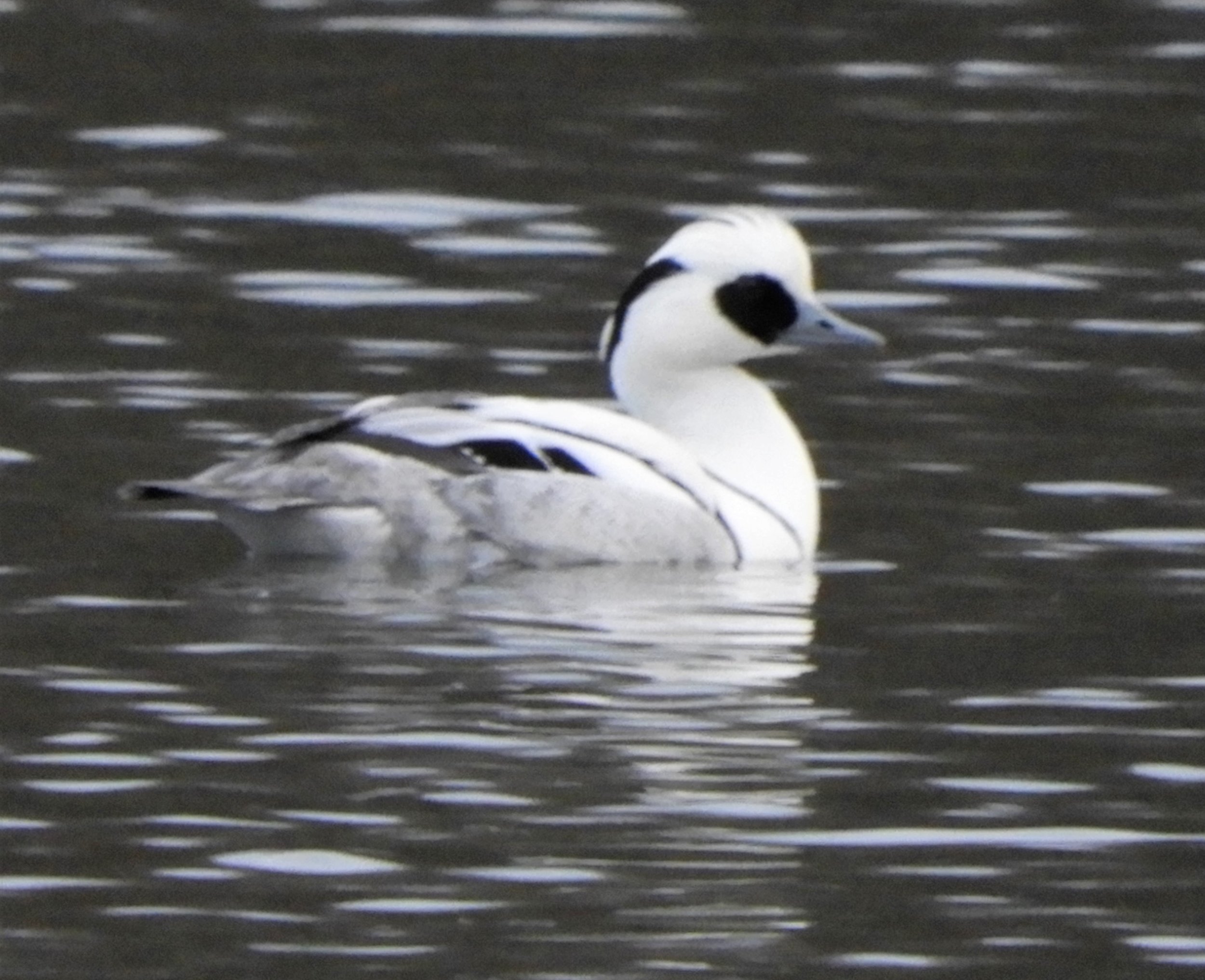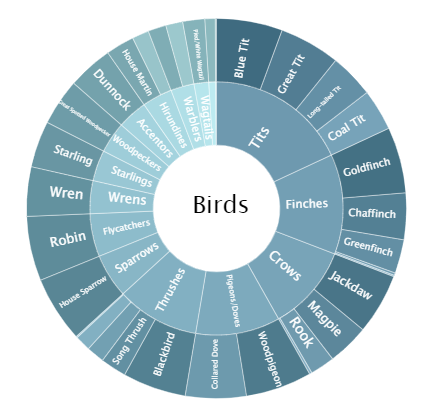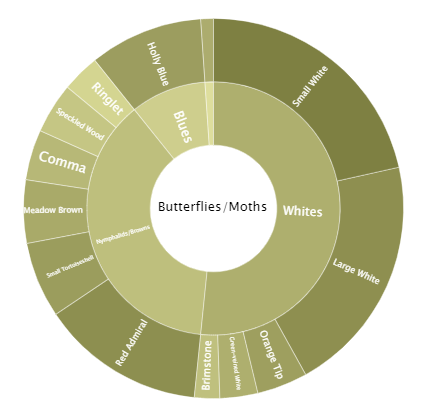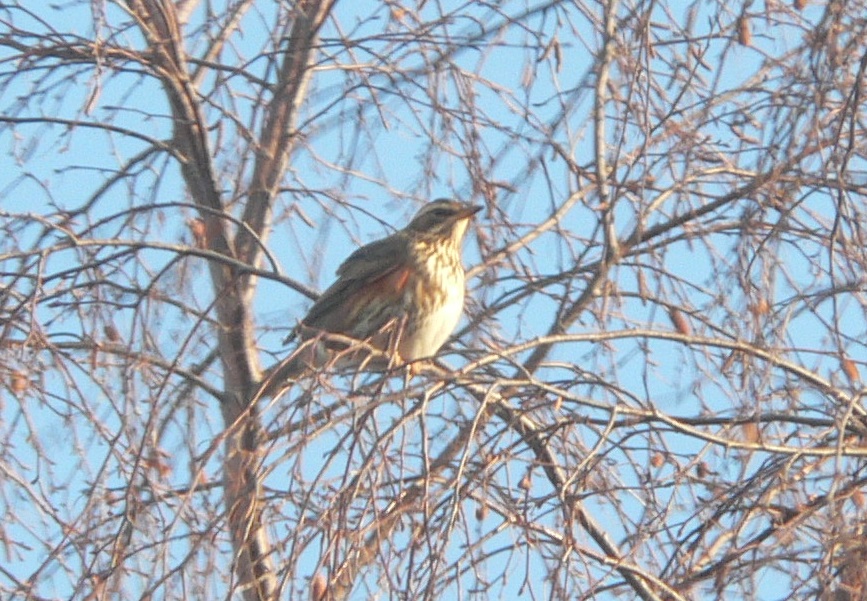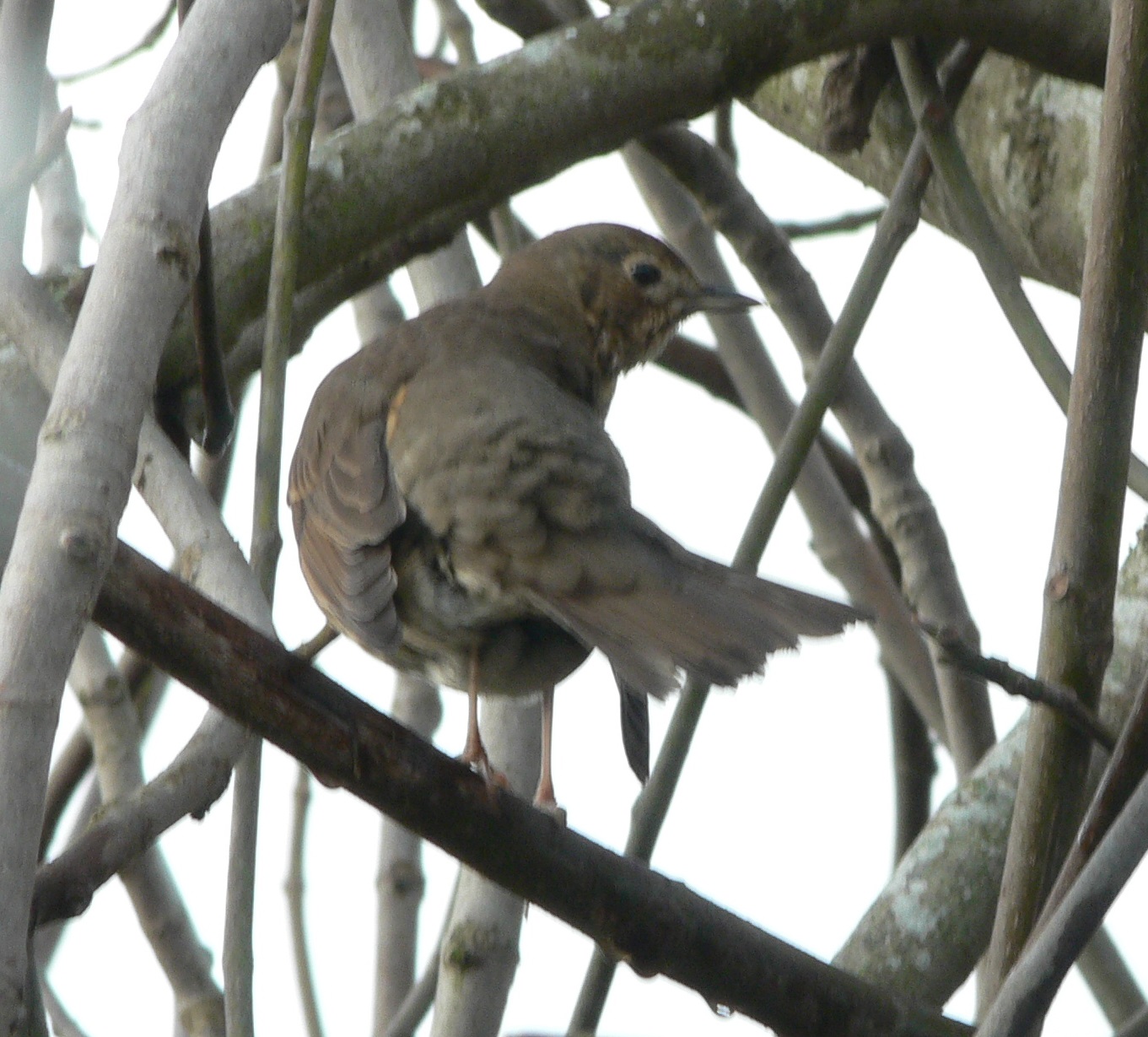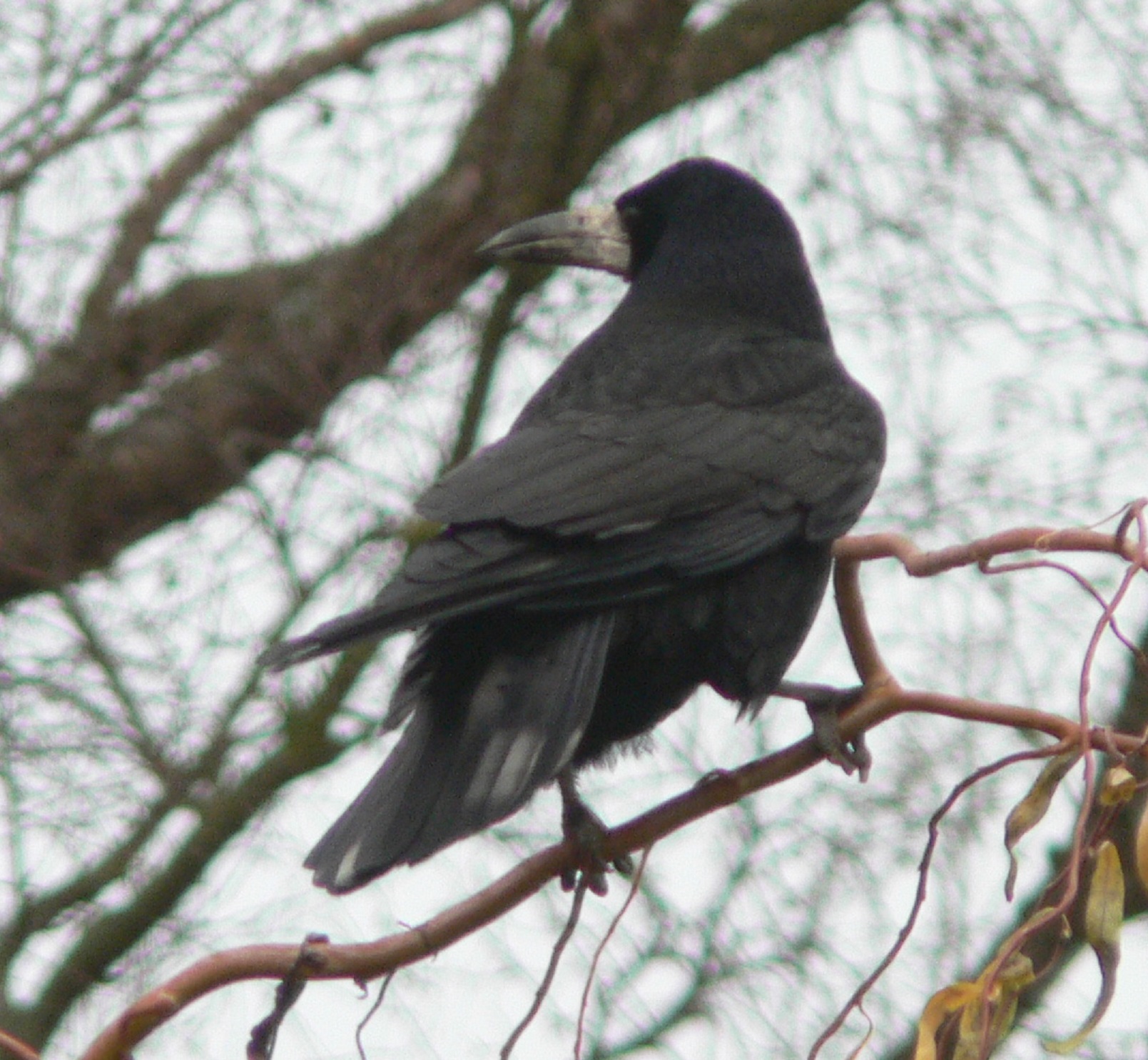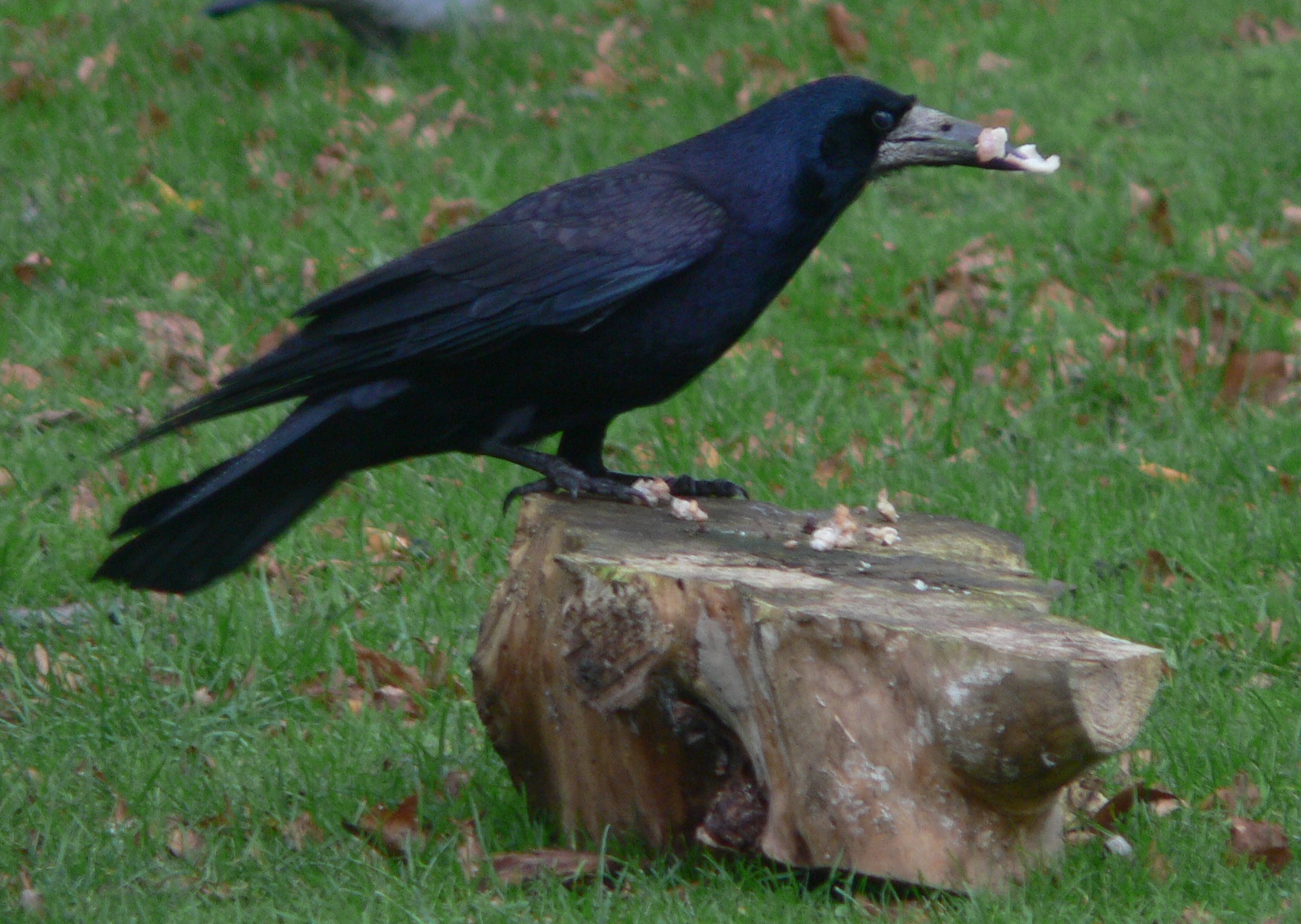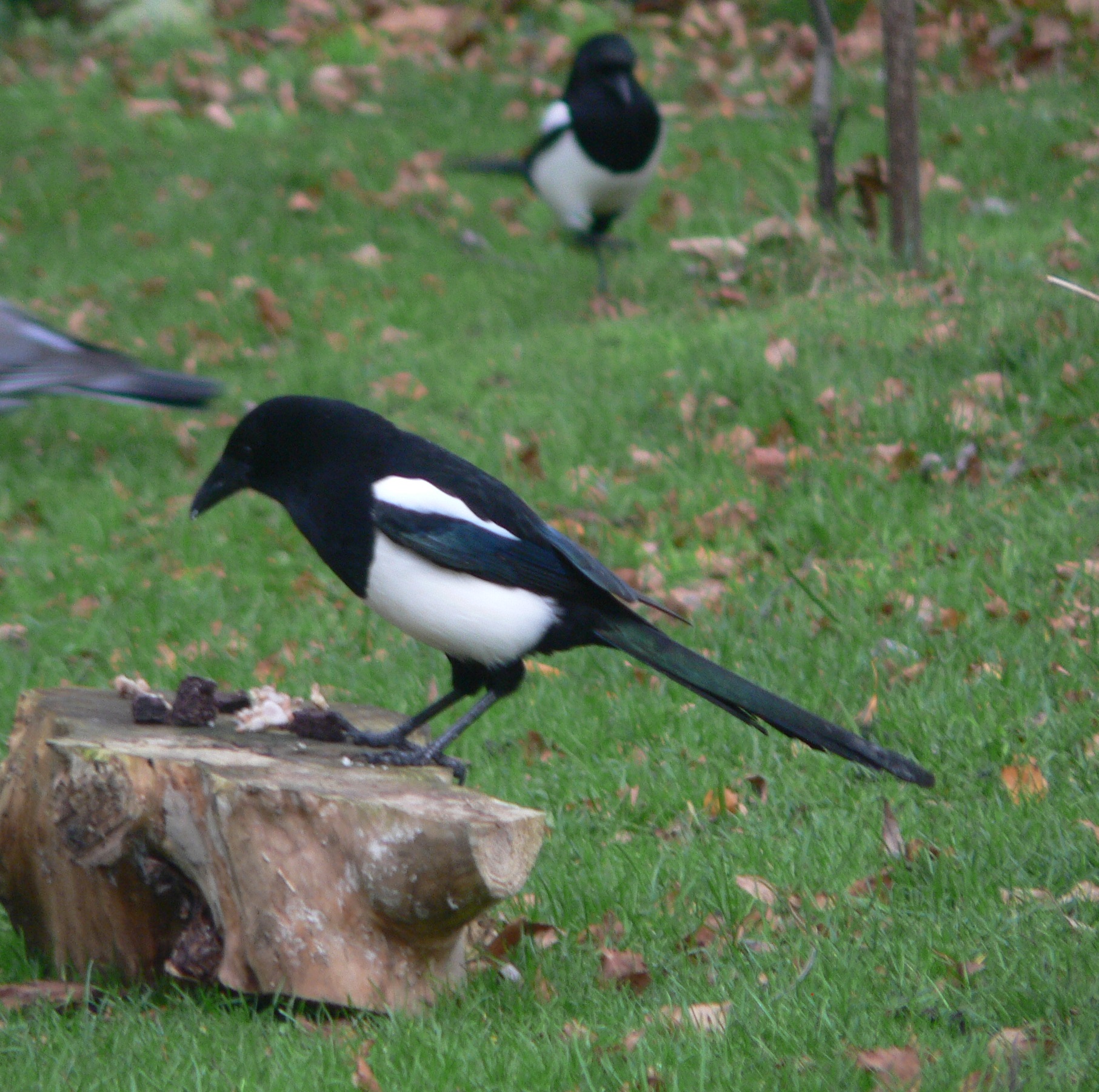Jackdaw in a Breakfast Cereal Box
/This Jackdaw (Coloeus monedula) is on its way to the Vale Wildlife Hospital at Beckford. It is an adult bird, but a small one and not in good condition, even I think before the cat brought it in. Luckily it had managed to get away from the cat and didn’t seem too badly hurt, although it was unable to fly. I’m not sure how the cat got it as while there are plenty of jackdaws around, including nesting in the surrounding trees, they rarely come to the ground unless there are scraps there (which there weren’t this morning). The bird seemed in heavy moult, so maybe it was already grounded? Hoping the vets at the hospital can help it recover.

